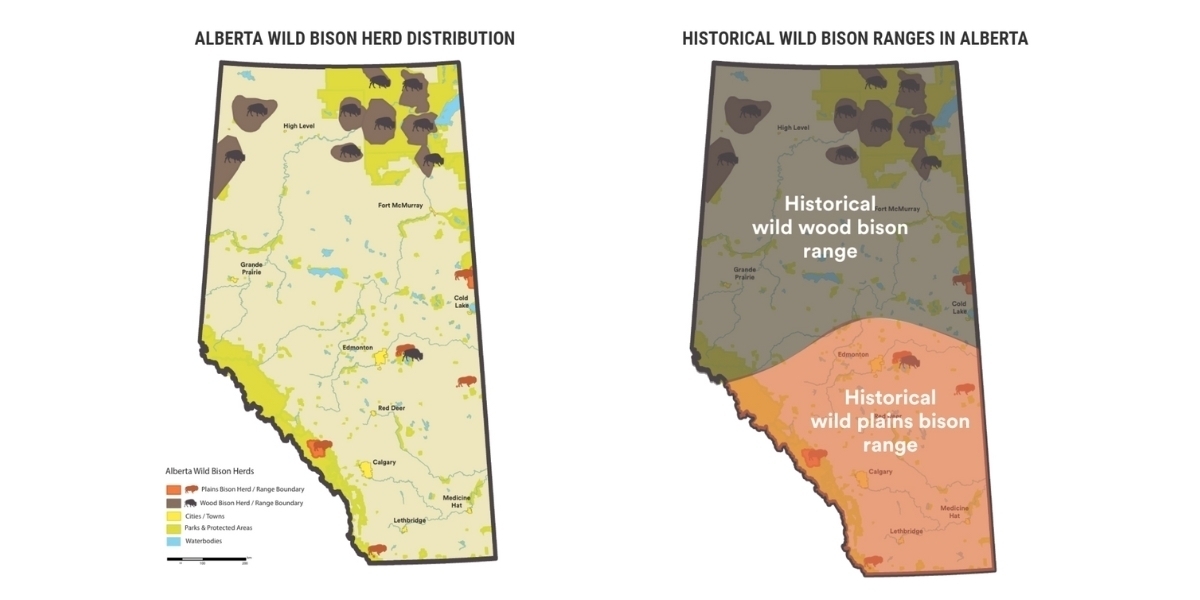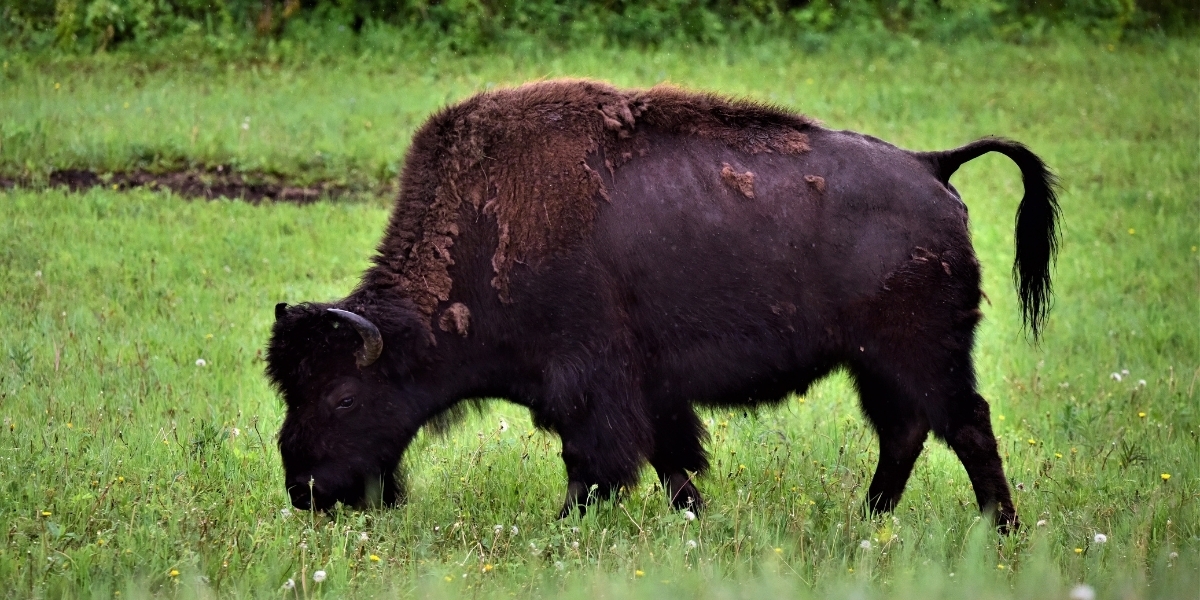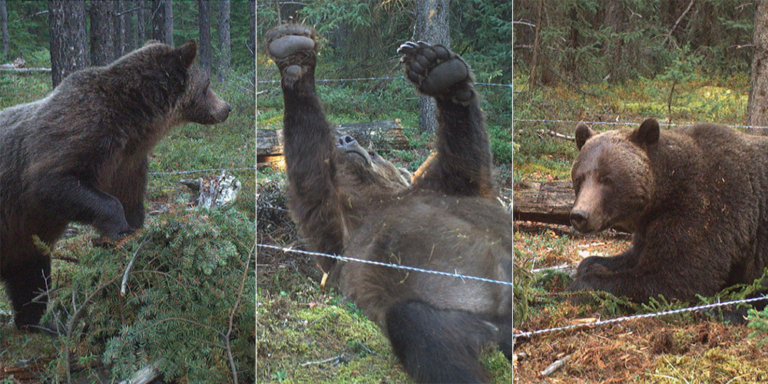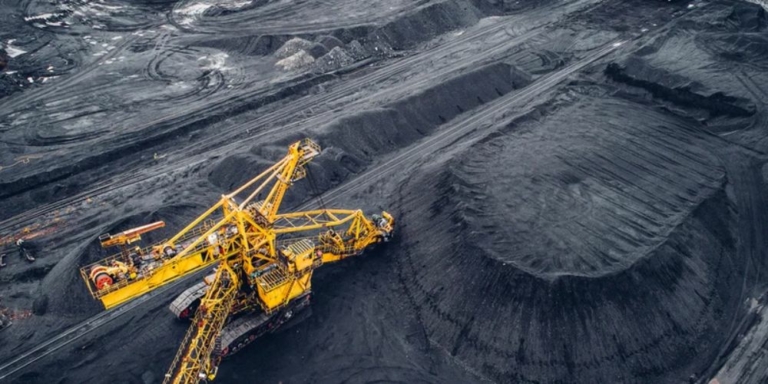The clock is ticking for one of Alberta’s wood bison herds. The Wabasca and Ronald Lake herds are Alberta’s only two naturally established disease-free herds.
But with just nine members left, the Wabasca herd is already hanging on by a thread. Logging activities planned for the area could be the final nail in the coffin for the threatened herd.
The wood bison is the largest land animal in Canada. These majestic beasts can weigh up to one tonne and are defined by their long shaggy fur.
Wood bison also play an essential role in their ecosystems. For starters, wood bison are messy eaters. They eat grasses at all sorts of different heights, which creates the perfect nesting grounds for birds.
Wood bison also like to roll around in the dirt like giant puppies. But don’t try to pet them…seriously.
The holes they leave behind fill with rainwater and function as breeding pools for amphibians and a source of drinking water for other wildlife.
But in the fall of 2021, the Alberta government officially designated wood bison as a threatened species under the Alberta Wildlife Regulation.
So, what’s pushing Alberta’s wood bison to the brink of extinction?
Alberta’s wood bison are threatened by habitat loss, unregulated hunting, and cattle diseases. But habitat loss is currently the biggest threat to the Wabasca herd.
British Columbia-based logging company Tolko plans to build a winter road on the southwest edge of the Wabasca range. This is where the Wabasca herd calls home.


Logging activities here would force the herd out of the Wabasca range and push them eastward toward the Wood Buffalo National Park. The thing is, the wood bison herds in and around the Wood Buffalo National Park are diseased.
Exposing the Wabasca herd to a diseased herd would destroy it and Alberta’s chance of recovering the wood bison species.
“The recovery of wood bison as a species hinges on the survival of these two small herds because their genetics are so different than anything else in the province,” says Gillian Chow-Fraser, the boreal program manager for the Canadian Parks and Wilderness Society (CPAWS).
Only about 8,500 wood bison are left in North America, compared to an estimated 168,000 in the late 1800s. If Tolko is allowed to log near the Wabasca range, Canada’s wood bison population will only get smaller.






